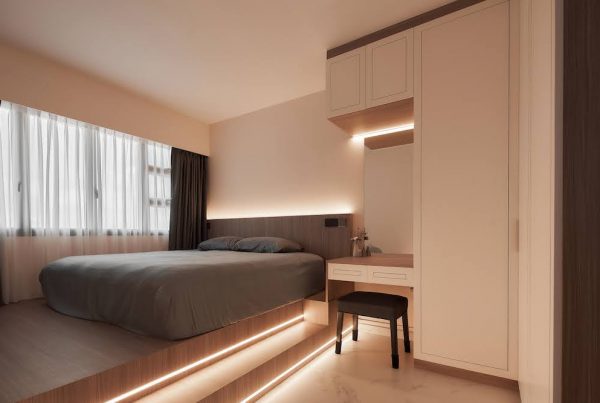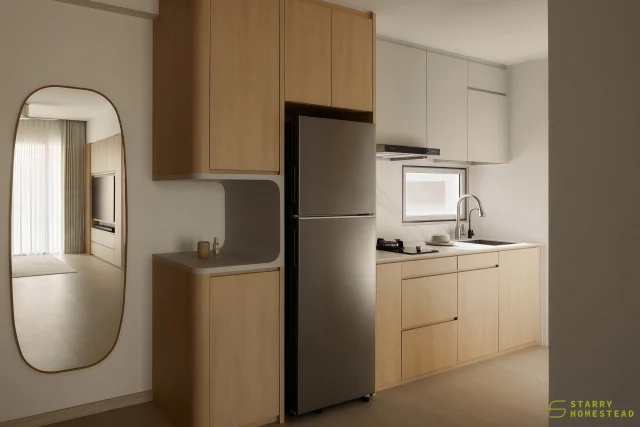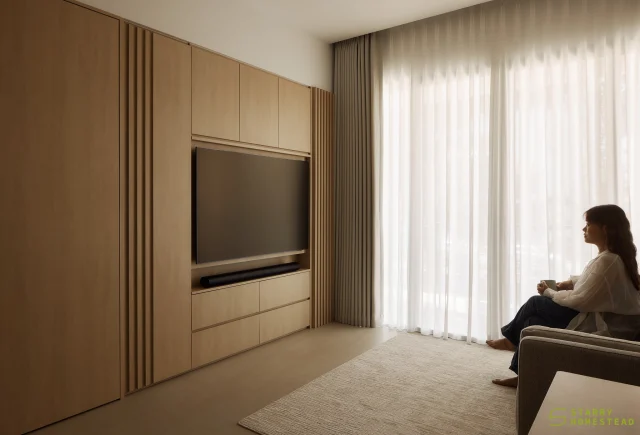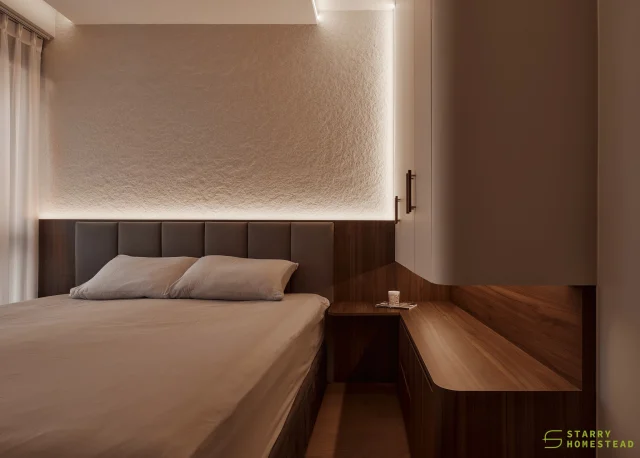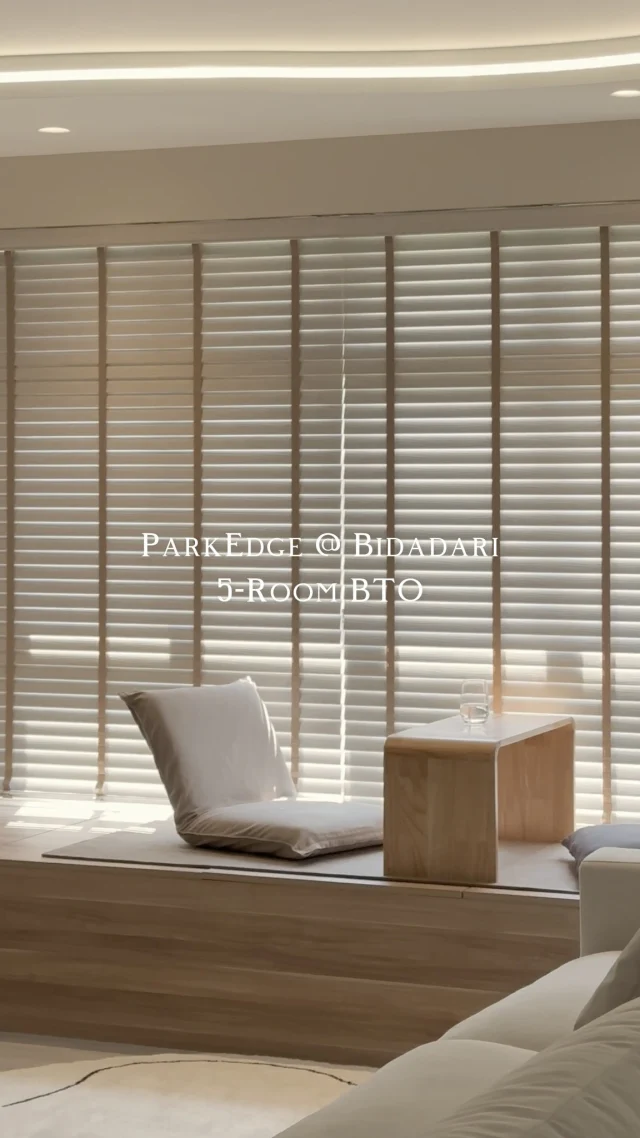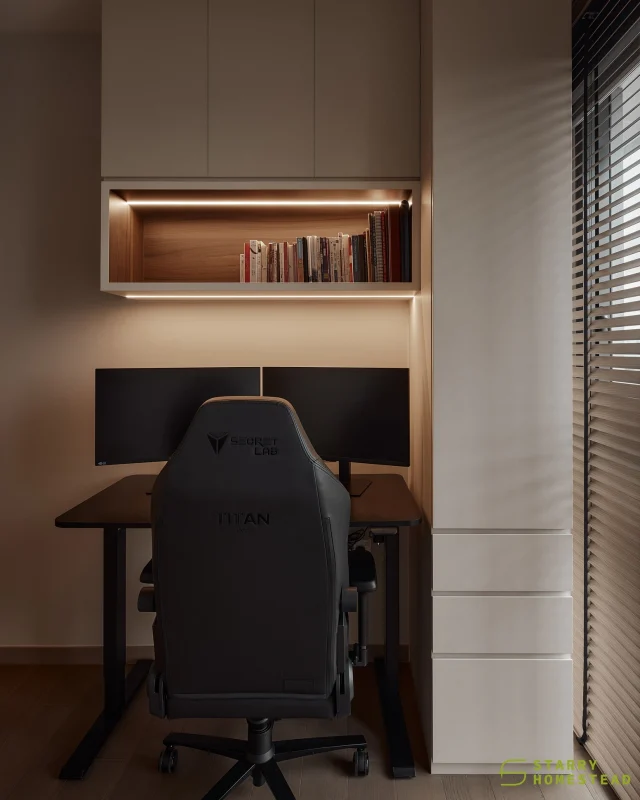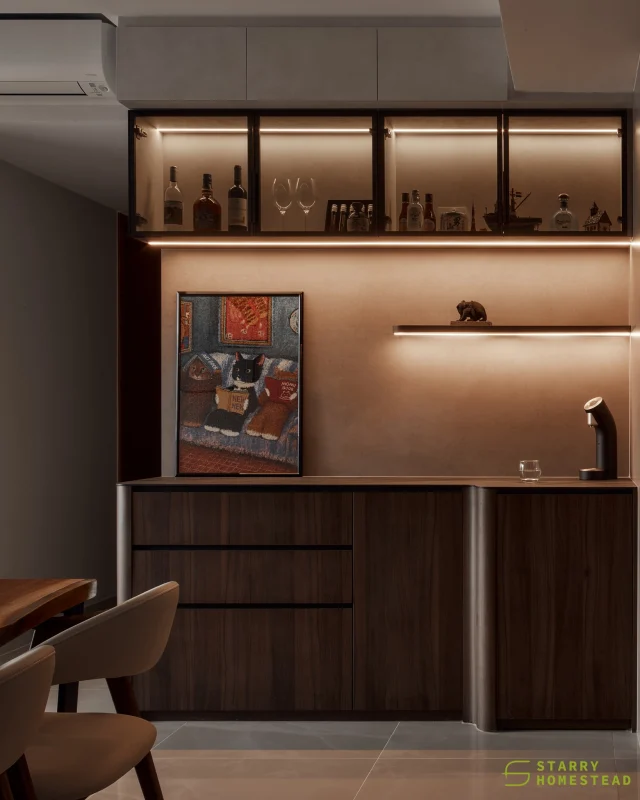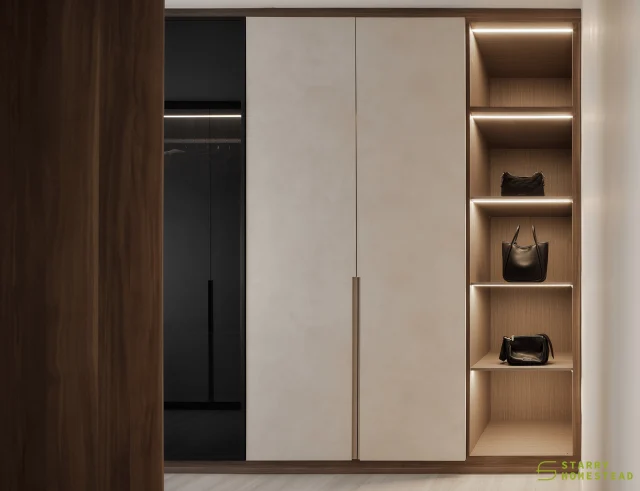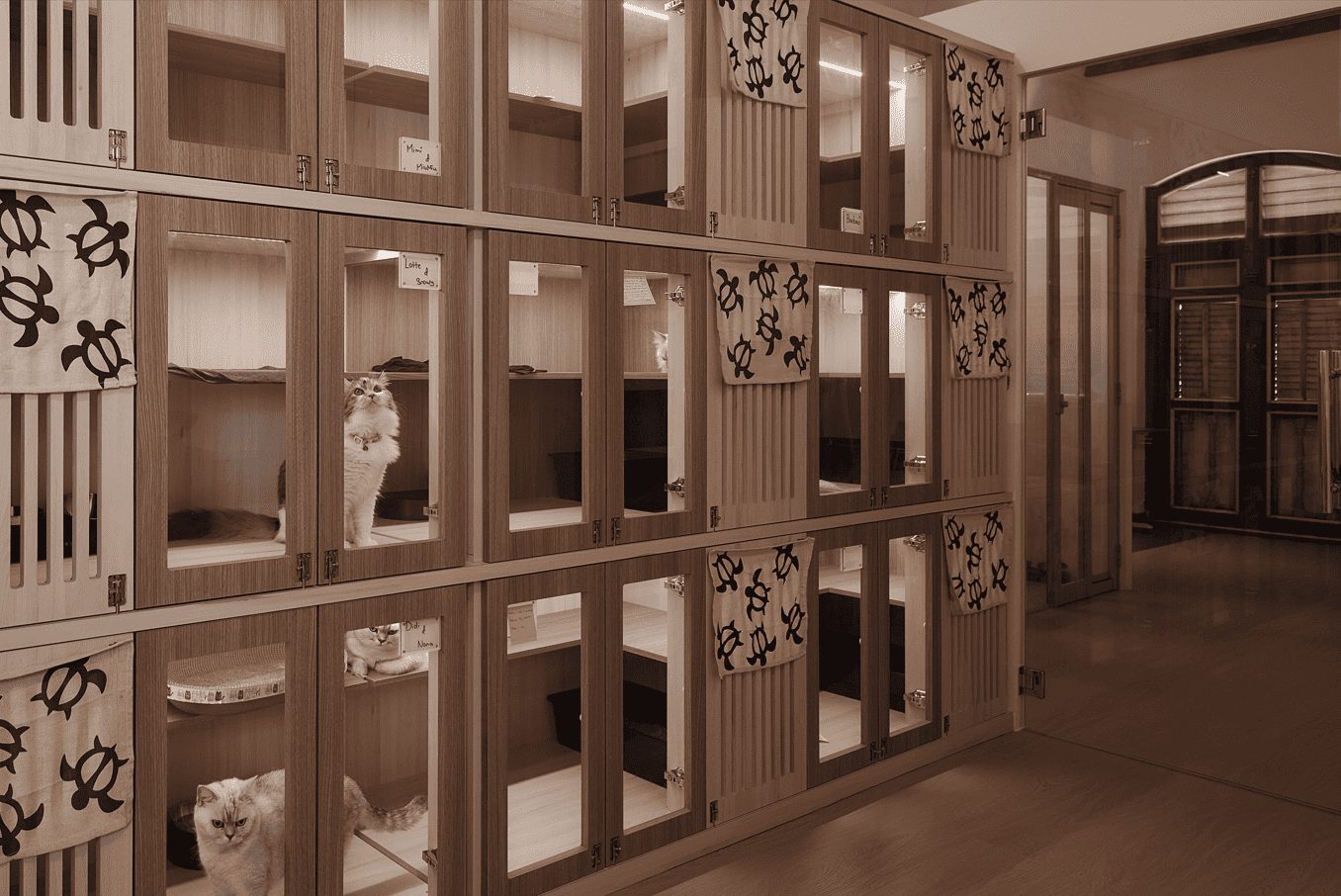 Designing a retail space is much more than just picking out furniture or choosing a colour palette. It’s about crafting an experience that draws customers in, captures their attention, and ultimately leads to sales. Your store’s interior design can be a powerful tool for success, especially in Singapore’s competitive retail scene, where every brand vies for customer attention. The layout, lighting, and even the flow of the store all play a role in influencing customer behaviour and shaping how your brand is perceived.
Designing a retail space is much more than just picking out furniture or choosing a colour palette. It’s about crafting an experience that draws customers in, captures their attention, and ultimately leads to sales. Your store’s interior design can be a powerful tool for success, especially in Singapore’s competitive retail scene, where every brand vies for customer attention. The layout, lighting, and even the flow of the store all play a role in influencing customer behaviour and shaping how your brand is perceived.
What to Consider When Designing a Retail Store?
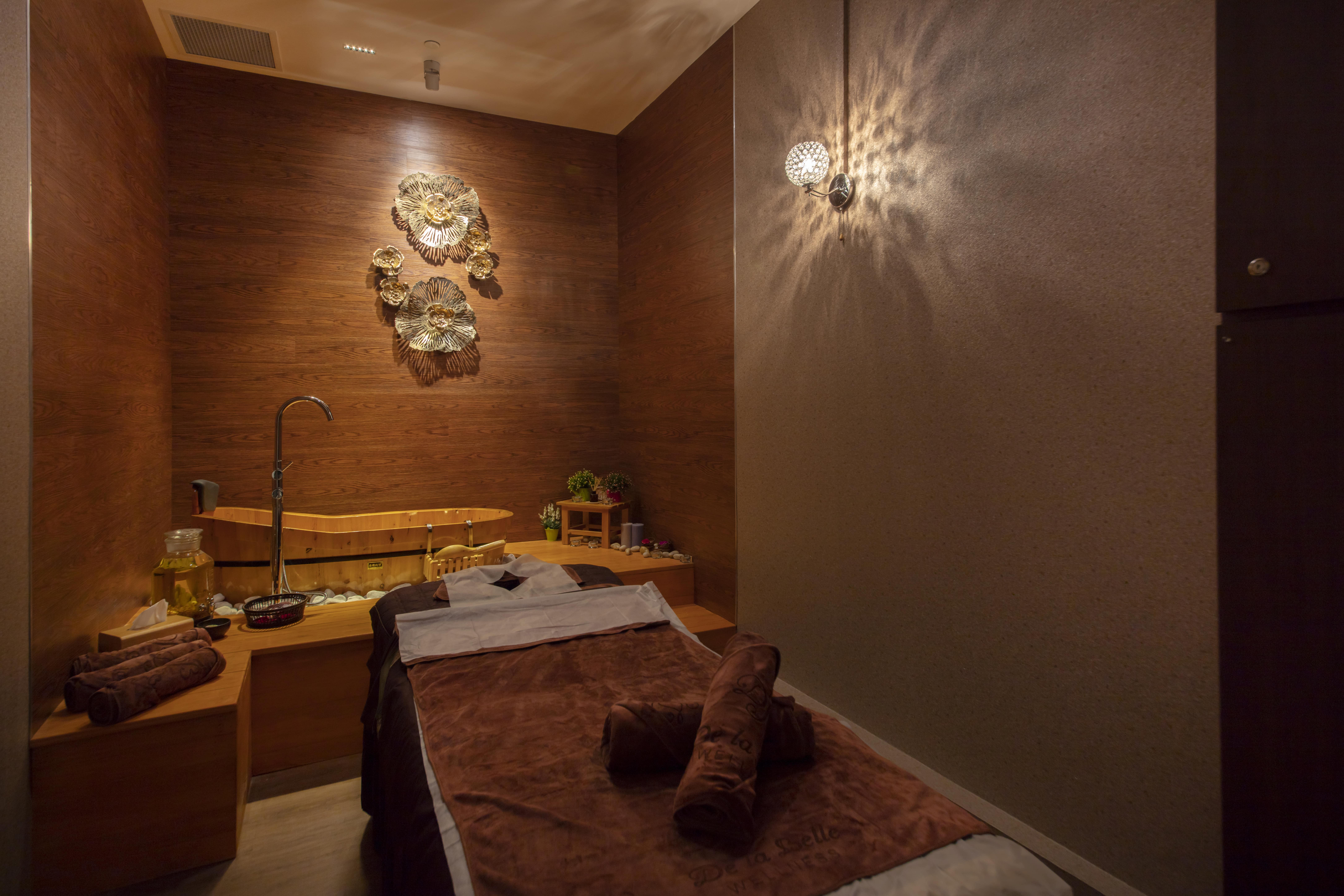 Brand Identity
Brand Identity
Your store’s design is a reflection of your brand’s identity. Every detail—such as the colour scheme, materials, and signage—should convey your brand’s values and personality. This cohesive approach helps ensure your brand stands out and stays top-of-mind for customers.
For instance, a brand that promotes high-end or modern products might want to choose a sleek interior design with glass and metal accents to convey sophistication. In contrast, a store focused on sustainability might opt for natural materials like wood and recycled metal to mirror their eco-friendly values.
Customer Experience (CX)
Creating a seamless customer journey is paramount in retail design. Every aspect of your store’s design should work in harmony to guide customers through a delightful experience, from the moment they enter the store to the moment they check out.
To achieve a smooth shopping experience, consider the flow of your store’s layout. Is it intuitive and inviting? Does it encourage exploration and discovery? A well-planned layout not only enhances the shopping experience but also entices customers to stay longer and potentially purchase more.
Here are some elements you need to consider while designing your retail space:
- Layout: Design an intuitive store layout that guides customers effortlessly from the entrance to the checkout counter. Feature best-selling items prominently, and use eye-catching displays and creative placement to highlight products to capture attention and boost sales.
- Atmosphere: Create a captivating ambience through a harmonious blend of lighting, music, and scents. Warm lighting gives a cosy and inviting atmosphere, while upbeat music makes the browsing experience more lively.
- Wayfinding: Use clear and intuitive signage so your customers can navigate through your store easily. For instance, customers shouldn’t struggle to find checkout counters or fitting rooms.
Target Audience
Understanding your target audience is essential for designing an effective retail space. By understanding their needs and preferences, you can design a store that truly resonates with them.
For example, a younger, tech-savvy demographic might appreciate modern elements and tech-driven displays, while traditional customers might prefer an effective yet timeless interior design. Once you can identify your customers, you can fine-tune the store’s layout and product presentation to create a shopping experience that meets their expectations.
Functionality
While aesthetics are essential, the functionality of your shop is also important for both customers and staff. An overly cluttered store can overwhelm shoppers, and a poorly designed layout can hinder your staff’s ability to restock products or provide excellent customer service. When your business space is thoughtfully designed, it creates a seamless and efficient experience that benefits everyone.
Here’s what you need to keep in mind when designing a functional retail store:
- Traffic Flow: It’s important to let your customers and staff move freely inside your store. Design your retail space to make sure everyone can walk around the store comfortably without feeling cramped.
- Clear Product Displays: Display your featured items in a prominent spot to promote them. You can inspire customers to purchase the items with an effective store display.
- Ample Storage: Make sure there’s enough back-of-house storage to keep the front of the store tidy and stocked.
Design Elements That Make a Difference
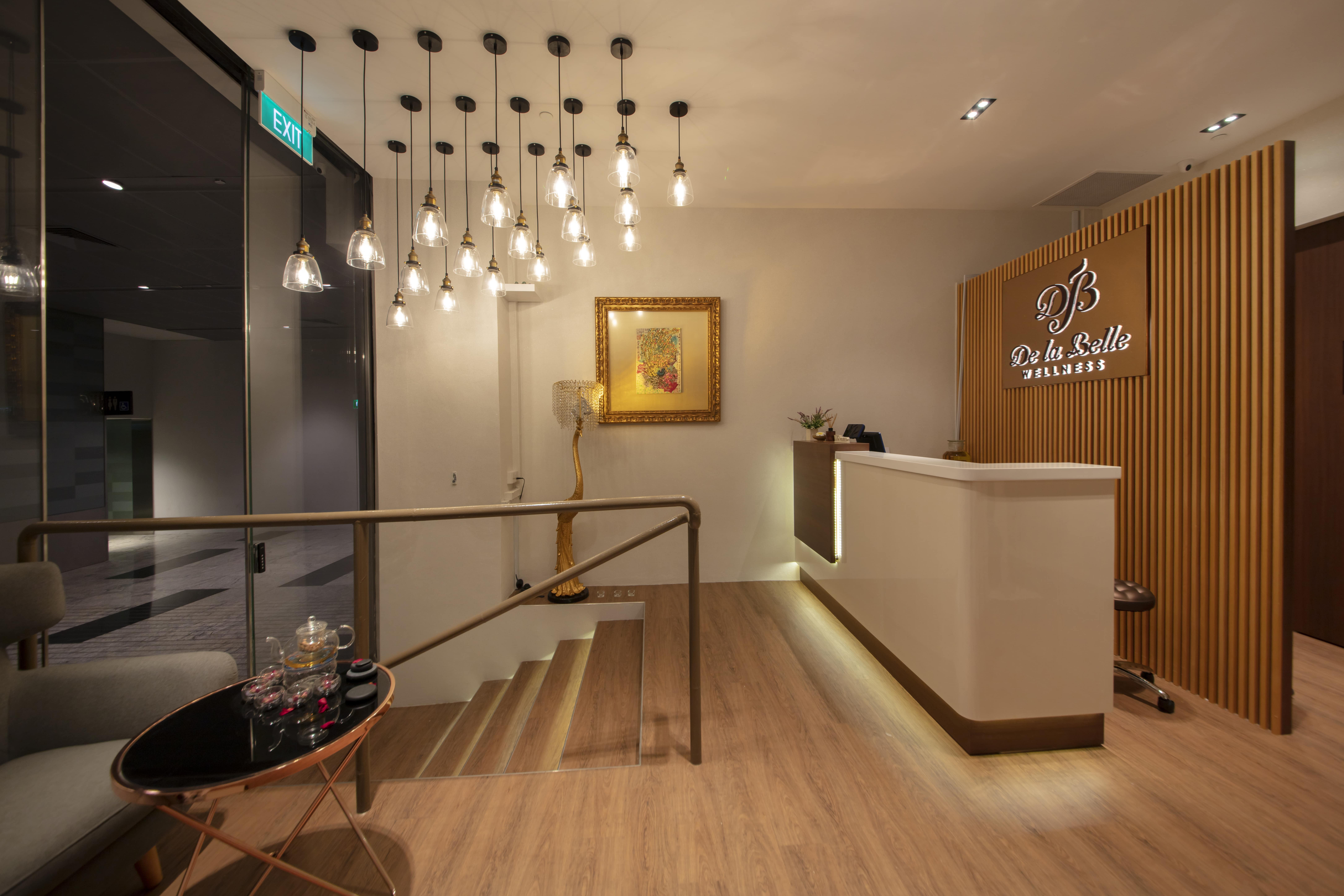 Lighting
Lighting
Lighting is crucial in setting up a store’s look and ambience, so it should be one of the key focuses of your store’s interior design. A mix of ambient, task, and accent lighting will allow you to highlight products and create the desired atmosphere. For example, a spotlight can be used to highlight specific products to get customers’ attention. If you want to create a relaxed and inviting atmosphere, you can choose warm and softer lighting.
While planning the lighting aspect, make sure you don’t overlook natural light, which can make a big difference in how your store feels. Carefully consider how your interior lighting complements the natural light to ensure your space remains inviting and well-lit at all times.
Materials and Finishes
The materials and finishes you choose for your interior design can greatly influence your store’s overall look. However, durability is just as important, especially in high-traffic areas, making it essential to choose materials that both look good and withstand daily wear and tear. Materials like polished concrete, wood, or marble can all be excellent choices for durability.
However, the materials you choose should also align with your brand’s style.
For instance, a modern luxury store might use sleek, polished surfaces and incorporate the latest technology into its design, while a more casual store could benefit from warm, earthy tones and natural materials like wood to create a more inviting and relaxed vibe.
Technology Integration
Integrating technology, like interactive displays and smart tech, enhances the customer experience and boosts operational efficiency while also adding a modern and engaging feel to your store. Make it more immersive by incorporating interactive touchscreens to let your customers explore independently in a more fun way.
Don’t Forget the Budge
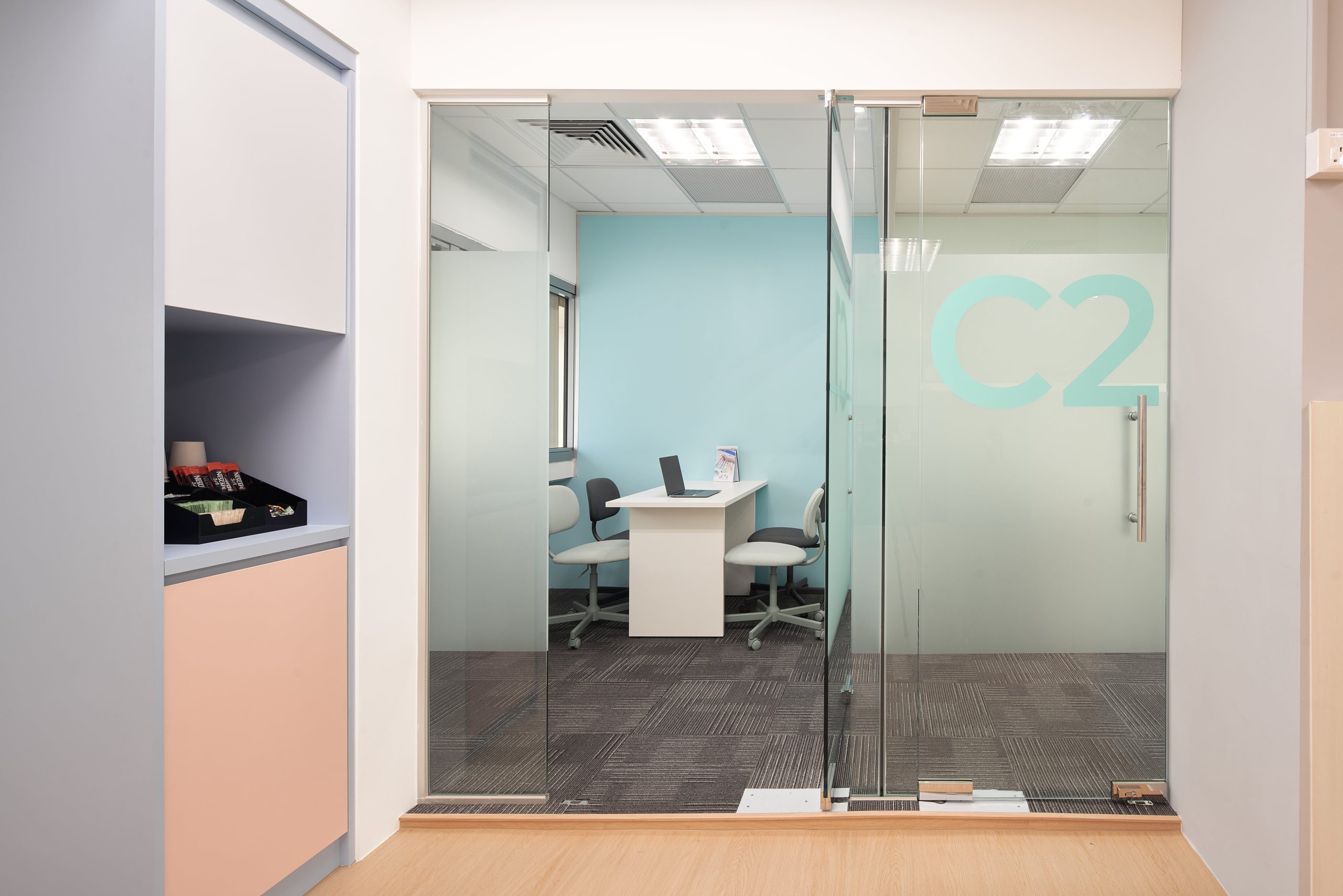 While it’s tempting to go all out when designing your retail store, it’s important to establish a realistic budget. Prioritise the design elements that will have the greatest impact on achieving your business goals. Whether it’s investing in quality lighting, durable materials, or tech upgrades, ensure you’re making the most of your resources.
While it’s tempting to go all out when designing your retail store, it’s important to establish a realistic budget. Prioritise the design elements that will have the greatest impact on achieving your business goals. Whether it’s investing in quality lighting, durable materials, or tech upgrades, ensure you’re making the most of your resources.
Consulting with a professional to plan a commercial interior design in Singapore can help ensure that your budget is wisely allocated while delivering the best results for your business.
Boost Your Brand with Effective Retail Store Interior Design
Designing a retail store involves balancing aesthetics with functionality, all while keeping your brand identity and target audience in mind. Incorporating the right interior design can make all the difference in creating a retail space that invites customers, drives sales, and boosts your brand awareness. From lighting and materials to technology integration, every detail matters.
If you’re seeking inspiration to design your commercial space from expert retail store interior design firms, don’t hesitate to get in touch with Starry Homestead. Our team of experienced interior designers can provide top-notch services and personalised solutions to elevate your business!
